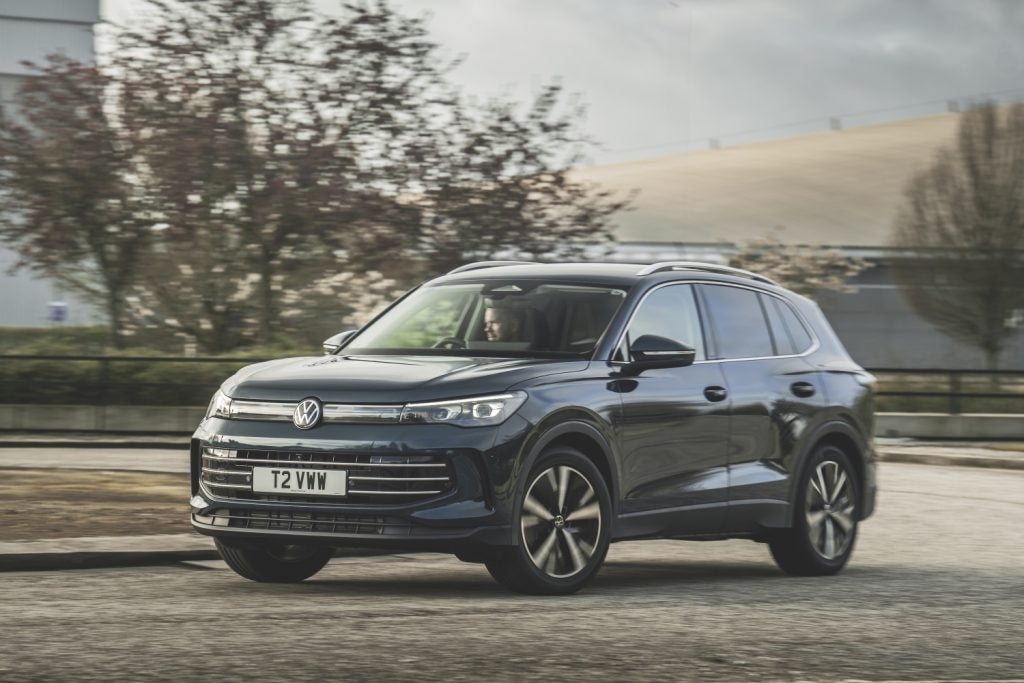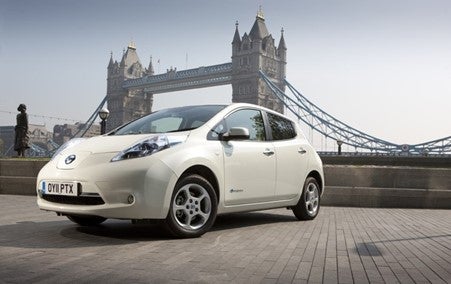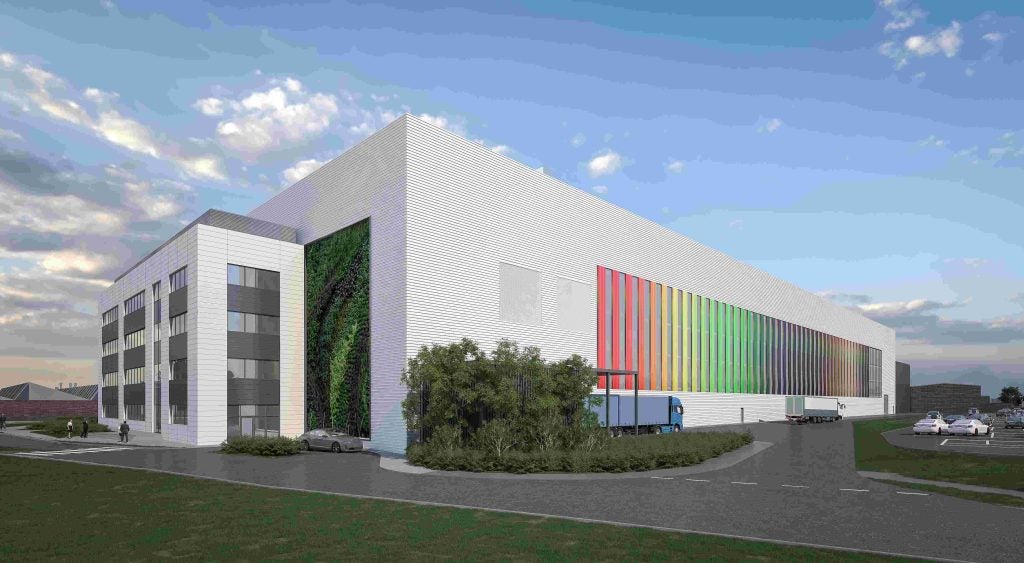After a series of media briefings and the unveiling of a prototype on the new platform, Nissan Motor has finally revealed its Leaf electric vehicle (EV), billing it “the world’s first electric car designed for affordability and real world requirements”.
As promised, the car is a medium-size hatchback, claimed to seat five adults comfortably, with a range of over 160km (100 miles) “to satisfy real world consumer requirements”, according to Nissan.
It will cost about the same as a well-equipped C-segment hatchback (GBP16,000-18,000 based on mid-range pricing of the UK’s top-selling Ford Focus line) and can be recharged in 30 minutes at a ‘quick charge’ facility and in eight hours at home on a charger connected to domestic electricity supply.
Nissan expects owners to benefit from various government ‘green’ tax breaks and the reduced maintenance of an EV versus an internal combustion drivetrain should reduce running costs.
The car will come with an IT system that allows the owner to remotely programme charging times, set the air conditioner to pre cool the cabin and access other convenience functions by remote control, internet and mobile phone.
How well do you really know your competitors?
Access the most comprehensive Company Profiles on the market, powered by GlobalData. Save hours of research. Gain competitive edge.

Thank you!
Your download email will arrive shortly
Not ready to buy yet? Download a free sample
We are confident about the unique quality of our Company Profiles. However, we want you to make the most beneficial decision for your business, so we offer a free sample that you can download by submitting the below form
By GlobalDataWhen driving, the system monitors battery charge and power usage and provides a constantly updated list of recharge points in the area plus guidance to them via the navigation unit.
The Leaf will be launched late next year in Japan, the United States, and Europe.
Nissan president and CEO Carlos Ghosn said: “We have been working tirelessly to make this day a reality – the unveiling of a real-world car that has zero – not simply reduced – emissions. It’s the first step in what is sure to be an exciting journey – for people all over the world, for Nissan and for the industry.”
The battery pack is a cluster of laminated compact lithium ion batteries, with power output of over 90kW, and the electric motor is good for 80kW of power and 280Nm of torque.
As we found when sampling a two year old Nissan EV prototype recently (which we suspect may have had the Leaf’s motor installed as under bonnet inspection was firmly discouraged), the high torque available from start off gives EVs brisk acceleration, ideal for the cut and thrust city driving most are likely to be used for.
Nissan promised “a highly responsive, fun to drive experience that is in keeping with what consumers have come to expect from traditional, gasoline powered automobiles”.
Though the initial 160km plus (100 miles) range on a full charge might be a bit short for some, Nissan claimed its own research found the range “satisfies the daily driving requirements of more than 70% of the world’s consumers who drive cars”.
”Our car had to be the world’s first, medium-size, practical EV that motorists could afford and would want to use every day. And that’s what we’ve created. The styling will identify not only Leaf but also the owner as a participant in the new era of zero emission mobility,” said chief designer Masato Inoue,
The Nissan EV certainly will be as distinctive on the road as Toyota and Honda’s hybrid Prius and Insight hatchbacks. Styling details include light-emitting diode (LED) headlights with a blue internal reflective design that both split and redirect airflow away from the door mirrors, reducing wind noise and drag, and consume only 10% of the electricity of conventional lamps, helping conserve battery power for driving range.
Nissan’s recent EV technical presentation suggested the automaker was being realistic with its goals and the launch announcement in Japan confirmed that.
“Leaf is a critical first step in establishing the era of zero emission mobility,” the company said. “However, we recognise that internal combustion engine technologies will play a vital role in global transportation for decades to come. Because of this, we are implementing its zero emission vision through a holistic approach, which provides consumers with a comprehensive range of eco-friendly technologies from which to choose.
“For some consumers, Leaf will be the perfect match, and the only car they will ever need. For others, the Leaf will be a logical addition to the family fleet – the optimal choice for the daily commute, for example.
“While zero emission is the ultimate goal, the company is committed to ongoing innovation in eco friendly technologies that increase efficiency and reduce emissions.”
Renault Nissan alliance zero emission mobility programmes include partnerships with countries such as the UK and Portugal, local governments in Japan and the USA, and other sectors, for a total of nearly 30 partnerships worldwide.
This should ensure the development of a charging infrastructure through public and private investment, incentives and subsidies from local, regional, and national governments and public education on the benefits of zero emissions mobility, Nissan said.
The first Nisssan EVs will be made at Oppama, Japan, with additional output planned for Smyrna, Tennessee. Initial lithium ion batteries are being made in Zama, Japan, with additional capacity planned for the USA, the UK and Portugal, and other sites under study.







